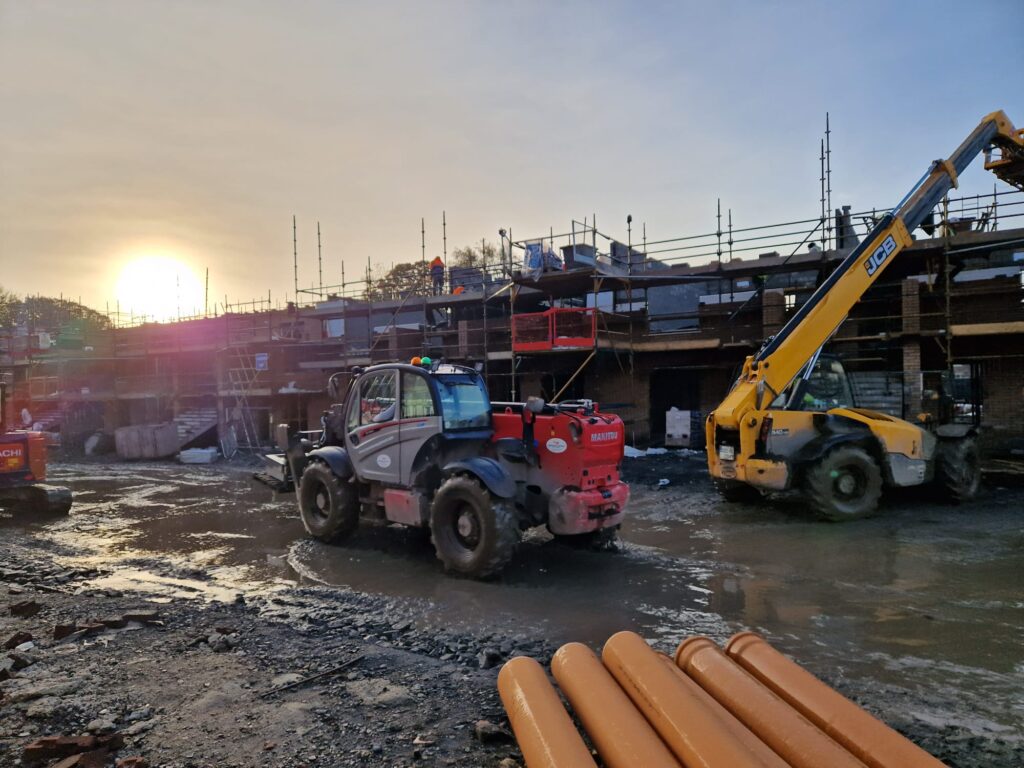‘Temporary stall or long-term change?’

So read the headline from TheJournal.ie this morning. And that would also appear to be the industry question of the week.
Geowise, the data mapping offering set up by An Post in collaboration with Ordnance Survey Ireland, released its most recent report, which confirms that 16,617 new address points were recorded between June 2019 and June 2020. This is a 32.9 percent drop on new addresses recorded throughout the same period in 2019 (24,773). Significantly, over half of these new addresses are located in the Greater Dublin Area (Dublin, Meath, Kildare and Wicklow).
The Geowise statistics also flagged a 10.2 percent year-on-year drop in the number of residential units under construction in the capital last month. The number of homes under construction nationwide is 13,661, which is down 3.2 percent compared to this time last year.
A total of 41,363 residential property transactions took place in the 12-month period to June 2020. Dublin accounted for 13,005 of those – 1,633 fewer than the previous year. Only 18.8 percent of those transactions involved newly-constructed homes, which is quite a notable drop of 7.6 percent from 2019.
According to this report, average house prices up to May have increased by 1.2 percent or €3,643 year-on-year to €296,758 (€230,492 excluding Dublin). This does not tally with the latest figures from Daft.ie, which showed that the average price of a home in Ireland in June was 3.3 percent lower than the same time last year.
Yesterday on Twitter, the new Housing Minister tweeted out a call to the owners of second properties or vacant properties to engage with their local authority about possibly selling the homes or entering into a long-term lease with the local authority so that the homes might be used as social housing. This is echoing the ongoing call for vacant properties nationwide by VacantHomes.ie. As noted here before, the take-up rate for the State’s Repair & Leasing scheme has been surprisingly low in every county. The scheme has been tweaked in recent times to make it more attractive to property owners, however, it is still more appealing to ‘accidental’ property investors. In this context, it is interesting to note that the residential vacancy rate nationally has only reduced marginally, with the Geowise report putting this reduction at 0.3 percent. Perhaps unsurprisingly, the three counties registering the highest vacancy rates are in the West of Ireland. 14.6 percent of all housing stock in Leitrim is vacant, followed by 12.6 percent in Roscommon and 12.5 percent in Mayo.
This is arguably the closest we have come to measuring the real six-month impact of the pandemic on Ireland’s housing market to date, but it’s still too early to tell whether this is a ‘Temporary stall or long-term change’.
Ian Lawlor
086 3625482
Managing Director
Lotus Investment Group
